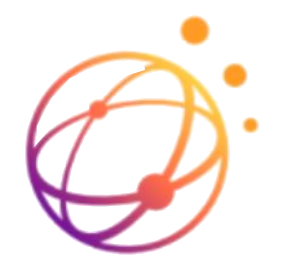AI-Tool Satellite Position Prediction

Ref: https://www.kaggle.com/idawoodjee/predict-the-positions-and-speeds-of-600-satellites
Essential pre-conditions
Data
Input: simulated x-axis of ECEF satellite positions
labels: actual x-axis of ECEF satellite positions
Hyperparameters and neural network
model type = RNN/Regression/LSTM
loss = mean absolute error
metric = mae
optimizer = Adam
Configurable options
Data
Header_flag: Enabler to allow taking several steps as one input training frame. Defaults to False
sliding.enable: Enable/Diable the sliding over X data with sliding win. Defaults to False
sliding.win: Sliding window size (number of rows). Defaults to 1
sliding.dup_row: which row to duplicate in case of remaining rows is less than sliding.win
label_adjust_cond: The math operation to be applied over the sliding window data. E.g. 'avg' -> calculate Avg(sliding.win). Options: avg, min, max. Defaults to 'avg'.
sliding.replace_labels: Enabler to generate new labels based on Label_adjust_cond. Defaults to False
round: Number of decimal digits the user would like round up the data. Defaults to 0
separate_data_by_col: Column index by which the data will be treated as separated chunks depending on unique values in the indicated column and this column will be ignored during training as it is the index column
Hyperparameters and neural network
lr: Learning rate
l2reg: L2 regularization
epochs: Number of training epochs
model_type: Neural network type
es_baseline: Training early stopping if val_acc < es_baseline for es_patience epochs
es_patience: After how many epochs to stop training if early stopping condition is true
build_model: Enabler to allow building a new model. If False the model will be loaded and retrained. Defaults to True
neu_nums: List of number of neurons per each neural network layer to build
loss: Training loss. Defaults to 'binary_crossentropy'
metrics: Training metric. Defaults to 'accuracy'
